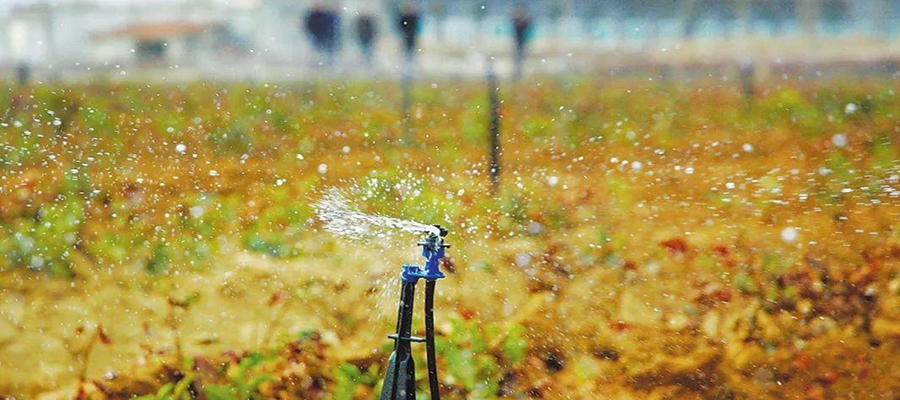GUO Shuangshuang, YAO Yanrong, ZHANG Min, LI Qingyao, FU Chenchen, XU Dongna, SHI Jinping, CAI Ruiguo
In order to explore the effects of irrigation times in spring on starch contents and physicochemical properties of strong gluten wheat in Eastern Hebei Plain, the experiment was conducted with Zhongmai 998 and Jinnong 7.This study researched the effect of three irrigation treatments (W0:no irrigation in spring;W1:irrigation in jointing stage;W2:irrigation in jointing stage and flowering stage) on starch contents and composition, thermodynamic properties, gelatinization properties and crystal properties of strong gluten wheat grains, and analyzed the correlation between starch composition and physicochemical properties of starch.The results showed that amylopectin and total starch contents of 2 varieties significantly improved when irrigation in jointing stage(W1), Zhongmai 998 increased by 9.88%, 8.45%, Jinnong 7 increased by 9.35%, 6.34%, and the yield was higher, second only to W2 treatment.With the increase of irrigation times, the peak temperature and gelatinization enthalpy of 2 varieties rose and then decreased, but the peak viscosity and breakdown were highest at W0 treatment, gelatinization time rose and then decreased, final viscosity and gelatinization temperature was difference between varieties, Zhongmai 998 rose and then decreased while Jinnong 7 showed upward trend;Crystal strength and relative crystallization rose and then decreased.The correlation analysis showed that the content of amylose had significantly positively correlated on trough viscosity, the content of amylopectin had significantly or very significantly positively correlated on peak temperature, final temperature, gelatinization enthalpy, gelatinization temperature, gelatinization time, relative crystallization, and had very significantly negative correlated to peak viscosity and breakdown.In conclusion, under the experimental conditions, it can effectively improve amylopectin content, total starch content and grain yield of strong gluten wheat when irrigation in jointing stage(W1), and then affect the physicochemical properties of starch;compared with amylose, the amylopectin content was closer to the physicochemical properties of starch.
